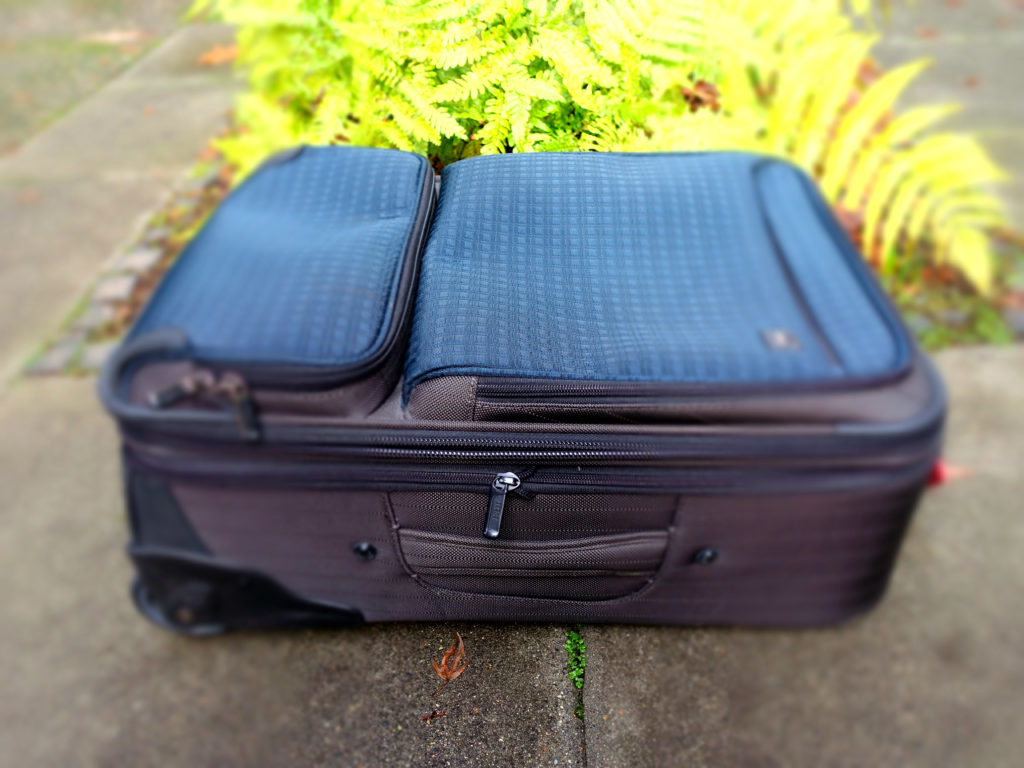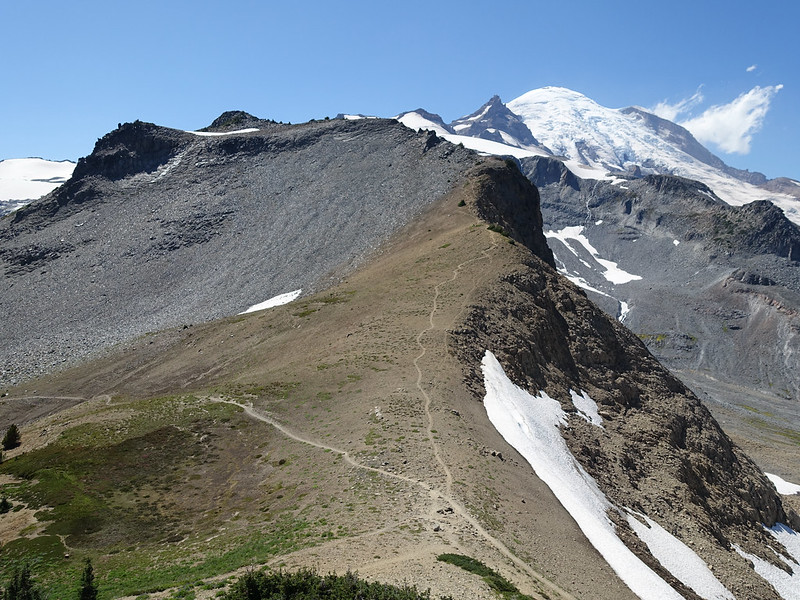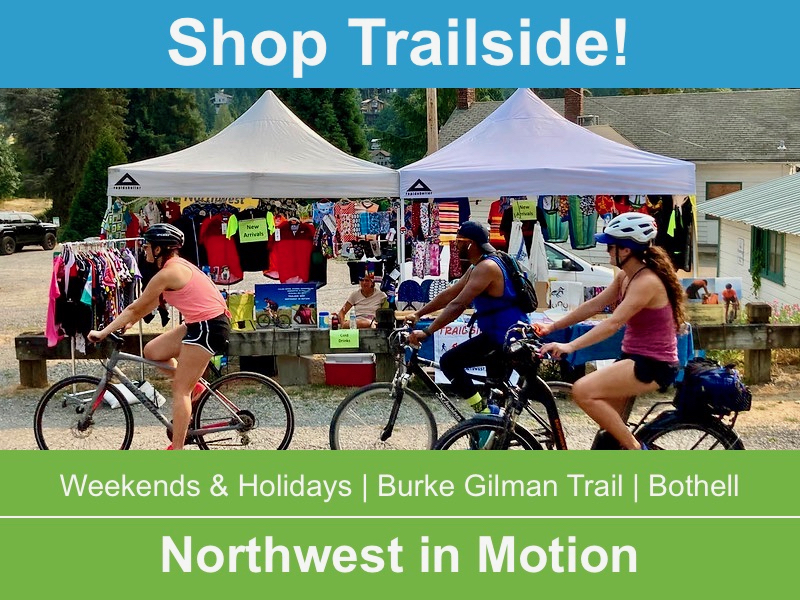Retreat, Communion
I’m feeling nervous and apprehensive. My palms are clammy, just like before an important ride or run.
I’m just about to leave Seattle for a 30-day Vipassana meditation retreat at the California Vipassana Center east of Fresno in the Sierra foothills.

I’ve practiced this meditation technique since the late 1980s.
The standard Vipassana retreats are 10-days long.
They are rigorous: You agree to stay the entire time. You agree to a vow of silence (although you are allowed to ask the teachers questions.) The daily schedule begins at 4AM, ends at 9PM, and 10+ hours per day are dedicated to meditation. There are no meals after 12 noon. During the retreat, participants live as monks and nuns.
Meditators who make a long-term commitment to this technique eventually become eligible to do courses of 20-days or longer. These are more self-directed, and even more rigorous: “there are no rest intervals.” Which means the goal is to continuously wrestle control of the mind, and work on being attentive every waking moment.
The Buddha’s term for this is Sampajanna: the constant thorough understanding of impermanence:
“…One should develop constant thorough understanding of impermanence, in whatever one does, walking forward and backward, in looking straight and sideways, in bending and stretching, in wearing robes and so on. So much so, that in sitting, in standing and even in sleeping, one has to experience constant thorough understanding of impermanence. This is sampajanna.”

When I signed up for my first course in 1989 I had absolutely no idea what I was in for. Which is pretty common.
Afterwards, it took me quite some time to make sense of that first meditation experience. Now, decades have passed, and I have a solid understanding of the practice and integrating it into everyday life.
I am increasingly able to point to tangible improvements: Greater empathy towards others, more patience, fewer knee-jerk negative reactions in provocative (and even not-so provocative) situations.
Despite my previous meditation experience, and a level of “comfort with sitting with discomfort,” I’m keenly aware that my first 30-day course will be a serious endeavor with unexpected challenges.

During the past several weeks, I’ve felt a building sense of anticipation.
Part of my anticipation was triggered by a documentary about Thomas Merton I came across while channel surfing a few weeks ago.
Merton was an American Trappist monk, writer, theologian, mystic, poet, social activist, and comparative religions scholar. He was a prolific author who wrote about spirituality, social justice, and pacifism. His autobiography The Seven Storey Mountain was a bestseller. He was a proponent of interfaith understanding, and he explored Eastern religions. He pioneered dialogues with prominent Asian spiritual teachers including the Dalai Lama, Japanese-American Buddhist monk D. T. Suzuki, Thai Buddhist monk Buddhadasa, and Vietnamese monk Thich Nhat Hanh.
In the documentary, Merton mentions the concepts of retreat and communion, which I immediately connected with my upcoming retreat.
Retreat
When I describe what I’m doing, I say “I’m going to a silent meditation retreat.” The Vipassana literature describes these as “meditation courses,” as in we are entering a course of study about our own minds. They are “retreats” in the sense that we are stepping away from day to day life, but they are not retreats in the sense of escape. Actually, they are the total opposite of an escape. We do these courses to encounter our deepest selves in a way that is only possible in a safe, secluded, quiet, controlled environment.
The solitary life, being silent, clears away the smoke-screen of words
that man has laid down between his mind and things.In solitude we remain face to face with the naked being of things.
And yet we find that the nakedness of reality which we have feared,
is neither a matter of terror nor for shame.It is clothed in the friendly communion of silence,
and this silence is related to love.
–Thomas Merton

Communion
Although the individual work at Vipassana courses is solitary, we also experience layers of communion and community.
“The deepest level of communication is not communication, but communion. It is wordless. It is beyond words. It is beyond speech. It is beyond concept. Not that we discover a new unity, but we discover an old unity. My dear brothers and sisters, we are already one. But we imagine we are not. And what we have to recover is our original unity. What we have to be, is what we are.”
― Thomas Merton, The Asian Journal of Thomas Merton
I’m doing this particular course with several meditation friends I’ve known for decades. We’ll be working hard practicing Vipassana alone, yet together.
Three times a day there are group meditation sessions. During these time periods the collective effort builds on itself as the retreat progresses, enabling everyone to cultivate strong quiet minds that peacefully observe whatever comes up.
In the case of this particular 30-day course, I’ve also gotten support and encouragement from meditation friends who aren’t going to be doing the course, but who know how hard it is.
Resources
Curious about Vipassana? Read my primer about Vipassana, which also includes a critique of the pop culture proliferation of “mindfulness.”
There are Vipassana meditation centers all over the world. We have three meditation centers in the Pacific Northwest; one in Washington state, and two in British Columbia:
Dhamma Surabhi, near Merritt, BC
Dhamma Modana on Vancouver Island
Dhamma Kuñja, near Onalaska, WA
In addition, a new center is being established in Idaho, and courses are periodically held in Oregon at a state park with overnight sleeping facilities.


